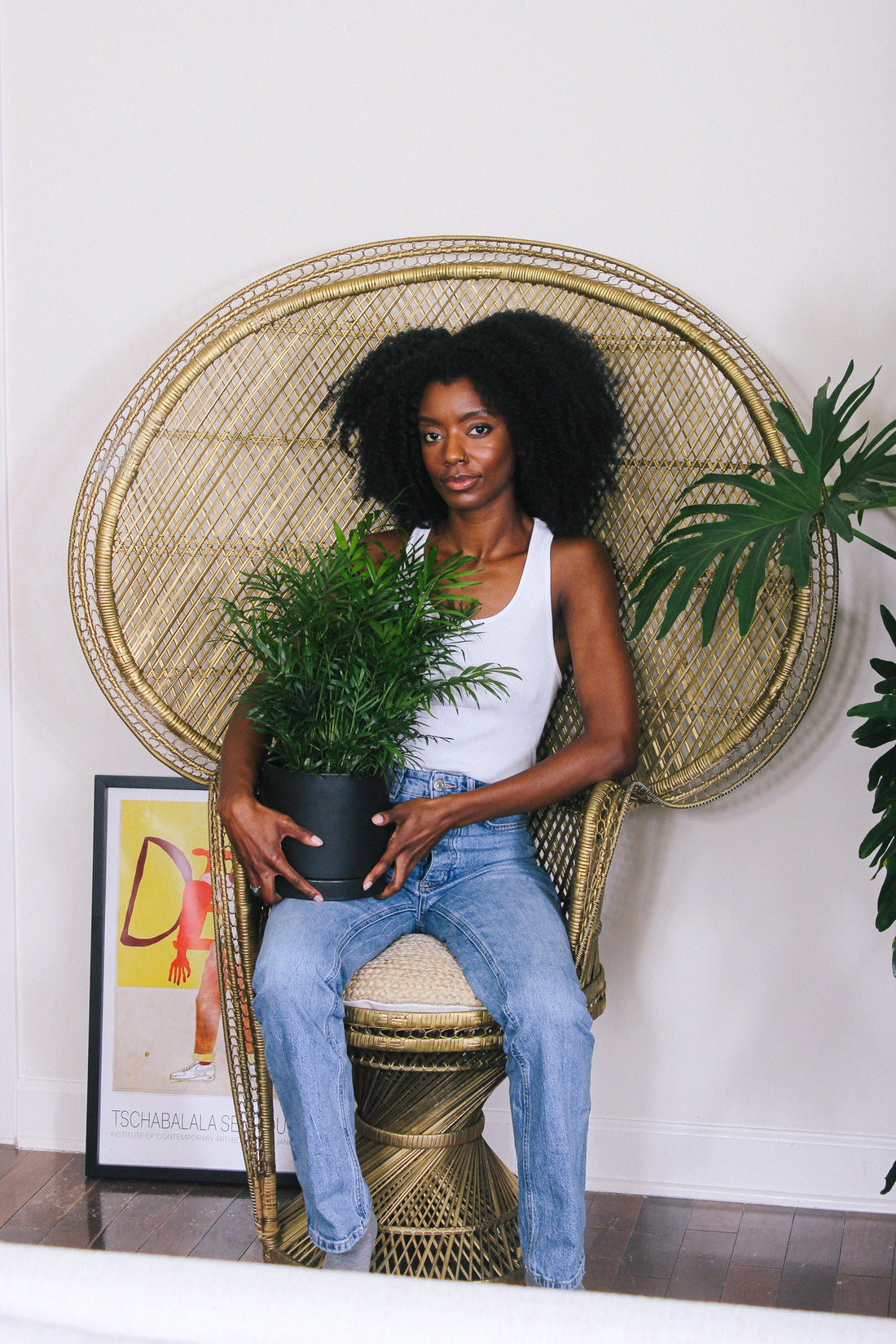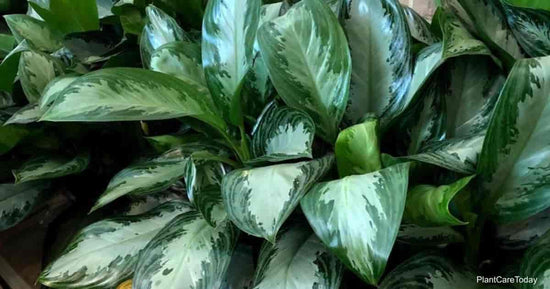Indoor plants bring life and vibrancy to homes and workplaces, but they aren't immune to problems. One of the most common warnings signs is leaf spots. They tell you that something needs your attention, quick. This blog explores how to identify leaf spots, what causes them, and most importantly, how to fix the problem.
What Do Leaf Spots Look Like?
Leaf spots are discolored areas that appear on the leaves and give off an unhealthy appearance. They vary by size, color, and shape. Leaf spots can be caused by a variety of factors, including fungi, bacteria, and even environmental stressors.
The appearance of the spot can give you a hint as to what the root cause is. Here are the three most common spots you'll see:
- Fungal and Bacteria Spots: These are typically irregular in shape with an outlined border. They may appear in various colors, including brown, black, or yellow, and can be powdery or sticky. Fungal spots often spread in size, and from leaf to leaf.
- Environmental Stress Spots: These spots are commonly uniform in color but range widely in size. They can be dry and crispy or have no change in texture. Spots caused by environmental stressors usually don't have a border.
- Water and Nutrient Quality: Plants that are sensitive to water will develop small spots that are uniform in size and shape. Spotting caused by nutrient deficiencies can take on a similar look. These types of spots are often seen on multiple leaves and can be whitish, brown, or yellow.
Common Causes
You'll likely find the cause of leaf spot development on your plants in our list below! Once the cause has been identified, you'll know what should be fixed going forward.
1. Fungal and bacterial infections are caused by:
- Overwatering
- Contaminated soil or tools
- Poor drainage
- Spread by another plant
- Environmental conditions
- Water-soaked leaves
2. Environmental stress is caused by sudden changes in the environment or unsuitable conditions, such as:
- Warm temperatures
- Stagnant air and poor circulation
- Excess humidity
- Lighting that is too bright or too low
3. Water quality and nutrient balance affect the roots directly. Water varies from region to region and not all plants respond with spots!
- Tap water contains harsh salts and excess minerals
- Using distilled water long-term lacks beneficial minerals
- Old soil and imbalanced fertilizing
- Excess salts are pushed to the surface of the leaf
Prevention and Treatment
Preventing leaf spots is easier than treating them. By simply keeping up with your plant care, you can lessen the chance that issues will develop to cause any spots at all. Here are some tips to keep you on top of it:
- Proper Environment: Avoid over and underwatering your plants and ensure there is good drainage in the pot. Maintain the right lighting, temperature, and humidity as well.
- Adequate Air Circulation: Ensure good air circulation around your plants by using fans or placing them in rooms with natural airflow.
- Cleanliness: Keep your tools, pots, and the surrounding area clean to minimize the risk of infection. Always disinfect cutting tools before and after use.
- Isolate: Move infected plants away from nearby greenery in the room until the issue is under control. This is a good idea when bringing new plants home, too.
- Pruning: Remove infected leaves promptly to prevent the spread of the disease.
Plants with fungus infestations can be treated with a DIY mixture of 1 part 3% Hydrogen Peroxide and 3 parts water. Use it to spray leaves or pour directly in the soil to treat fungus near the roots. Luckily, most other spots can be fixed with good hygiene, a healthy environment, and attentive care.
-------
Questions about leaf spots? Take care of it quick + book a free call with our Plant Specialist here!





